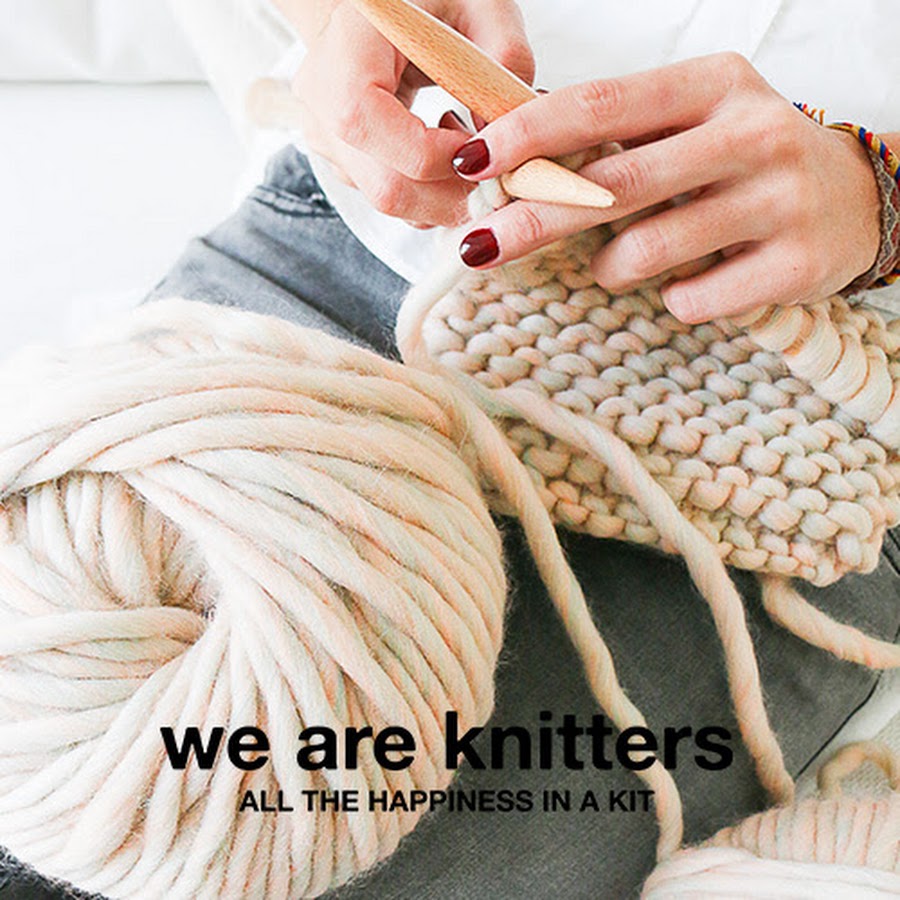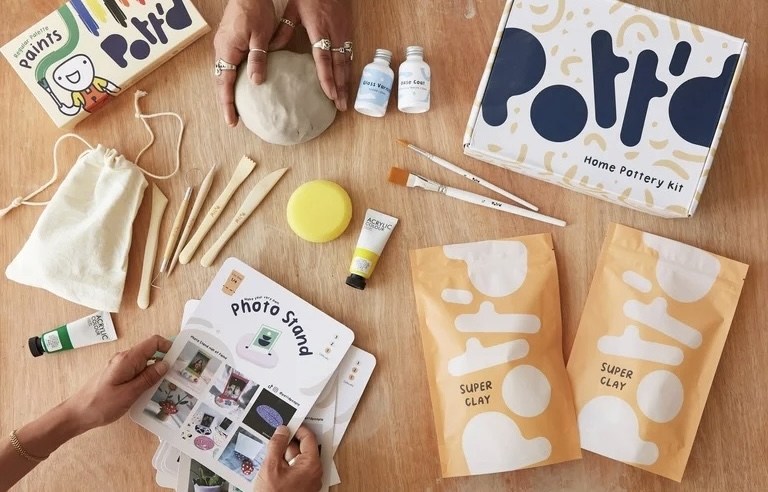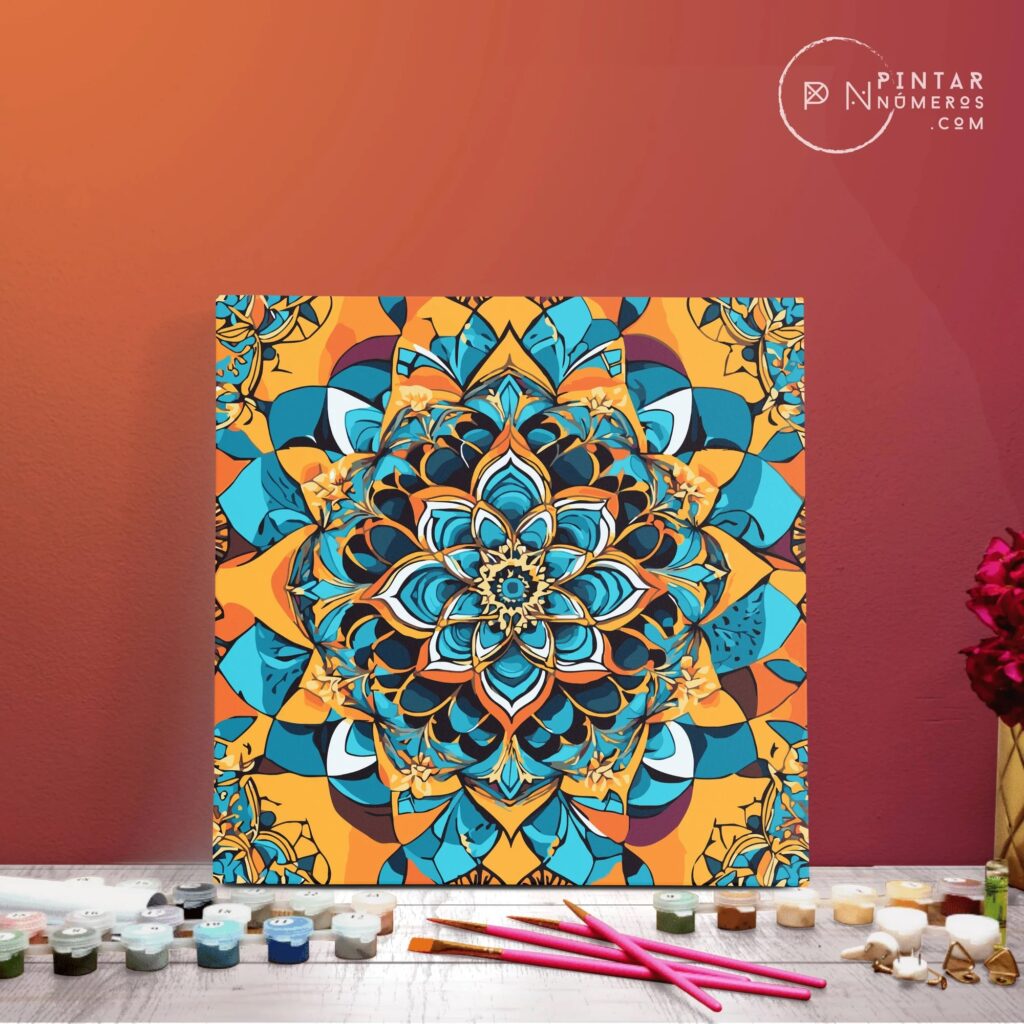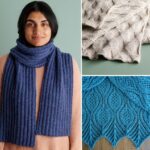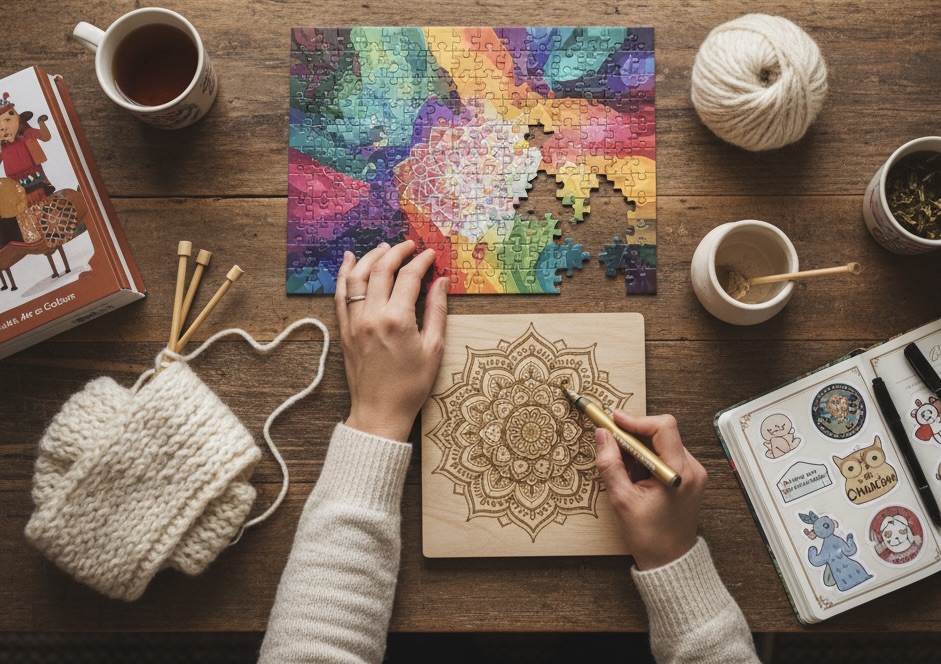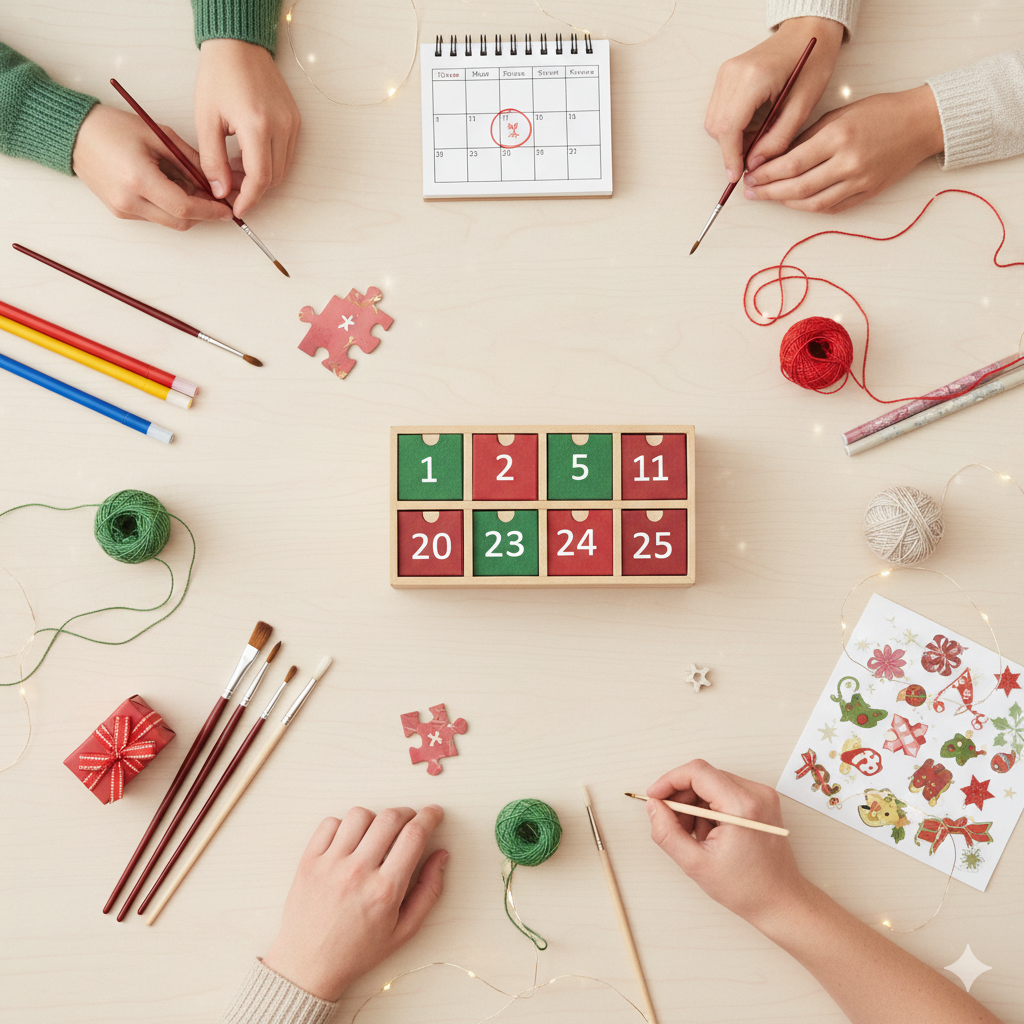The Connection Between Crafting and Mental Wellness
Making things with your hands isn’t just a hobby—it’s a powerful tool for mental health support. Scientific research increasingly validates what many have discovered through personal experience: engaging in arts and crafts can transform how we feel, think, and cope with life’s challenges.
When you immerse yourself in a creative project, your brain undergoes measurable positive changes. Studies document significant decreases in cortisol, the primary stress hormone, after relatively brief periods of artistic activity. At the same time, your brain increases production of dopamine and serotonin—neurotransmitters directly linked to feelings of happiness and wellbeing.
The Mental Health Benefits of Arts and Crafts:
- Stress Management and Anxiety Relief
Repetitive creative motions activate your parasympathetic nervous system, the body’s natural relaxation response. This physiological shift helps counter the fight-or-flight activation that characterizes anxiety disorders.
- Emotional Processing and Expression
Not everyone finds it easy to verbalize difficult emotions. Creative work provides an alternative language—one expressed through color, texture, shape, and form. This non-verbal outlet can be especially valuable for processing trauma or experiences that feel too overwhelming to discuss.
- Enhanced Cognitive Function
Crafting simultaneously engages multiple brain regions involved in planning, spatial reasoning, fine motor control, and problem-solving. This comprehensive neural workout strengthens cognitive abilities including memory, attention span, and executive function.
- Social Connection and Community
Whether joining a crafting group or sharing projects online, creative hobbies naturally facilitate social bonds. These connections provide support, reduce isolation, and create a sense of belonging—all protective factors for mental health.
- Increased Self-Worth and Confidence
Completing a project delivers tangible evidence of your capabilities. This concrete proof of accomplishment combats the negative self-perception that often accompanies depression and builds genuine self-efficacy.
How Creative Activity Rewires Your Brain
The Psychology of “Flow States”
Psychologist Mihaly Csikszentmihalyi spent decades researching optimal experience—moments when people report feeling completely absorbed and energized by what they’re doing. He found that creative activities are among the most reliable ways to access these “flow states.”
What happens during flow:
- Time perception changes (hours feel like minutes)
- Self-consciousness disappears
- Actions and awareness merge
- You feel in control yet effortless
- The activity becomes intrinsically rewarding

Flow states don’t require expert skill. They emerge when an activity offers clear objectives, immediate feedback, and an appropriate balance between challenge and ability. Many crafts naturally provide these conditions, making them accessible pathways to this deeply restorative mental state.
The Mindfulness Connection
Crafting cultivates present-moment awareness without requiring formal meditation practice. When your attention focuses on the immediate task—the next stitch, the brush loaded with paint, the feel of clay responding to pressure—anxious thoughts about the future and depressive ruminations about the past naturally quiet down.
This isn’t forced or effortful; it emerges organically from engagement with the creative process. Your mind has something constructive to focus on, creating a natural break from destructive thought patterns.
Choosing Your Creative Practice: Options for Every Need
Different crafts offer different therapeutic benefits. Understanding these distinctions helps you select activities aligned with your specific mental health goals and personal preferences.
Fiber Arts: The Meditative Power of Yarn
Knitting, Crochet, and Needlework
The rhythmic, repetitive nature of working with yarn creates a uniquely calming effect. Each stitch follows the last in predictable patterns, establishing a soothing cadence that many describe as meditative. Research specifically examining knitting found it significantly reduced anxiety among participants, with effects comparable to meditation practices.
Why fiber arts support mental wellness:
- Bilateral hand movements engage both brain hemispheres
- Repetitive patterns create predictable rhythm and routine
- Tangible progress with each completed row provides continuous positive feedback
- Portable nature allows you to bring calm-inducing activity anywhere
- Wide range of complexity levels accommodates various skill levels
Getting Started with Quality Materials
We Are Knitters has built their entire philosophy around making fiber arts accessible and therapeutic. Their complete project kits eliminate the overwhelming decisions beginners often face—which yarn weight, what needle size, how much material to buy. Instead, everything arrives together with clear, well-designed patterns that guide you through the process.
The therapeutic value extends beyond convenience:
- Premium natural fibers feel pleasant to work with, enhancing the sensory experience
- Projects are scaled to be completable, providing that crucial sense of accomplishment
- Pattern difficulty ranges from absolute beginner to advanced, supporting skill growth
- Active online community offers connection and troubleshooting support
The repetitive motion combined with visible progress makes fiber arts particularly effective for anxiety management. Your hands stay busy while your nervous system downregulates stress responses.
Clay Work: Grounding Through Touch
Pottery, Sculpting, and Modeling
Working with clay engages your sense of touch in ways few other activities can match. The cool, slightly moist texture; the weight in your hands; the way it responds immediately to pressure—all of this sensory input anchors you firmly in the present moment.
Therapeutic properties of clay:
- Deeply tactile experience grounds you in physical sensation
- Three-dimensional creation engages spatial reasoning
- Material accepts both gentle shaping and forceful manipulation
- Mistakes can be smoothed away and reformed
- Inherently forgiving medium reduces performance anxiety
Clay work offers an outlet for physical expression of emotion. Feeling angry? You can pound the clay. Feeling tentative? You can gently coax it into shape. The material accepts whatever energy you bring to it without judgment.
Accessible Clay Resources
Pottd specializes in making clay work accessible outside traditional pottery studios. Their kits include air-dry clay that doesn’t require a kiln, along with essential tools and straightforward guidance. This removes significant barriers—you don’t need expensive equipment or specialized space.
What makes their approach therapeutically sound:
- Air-dry clay provides authentic clay experience without technical complications
- Tool sets are thoughtfully curated for both functionality and safety
- Instructions focus on exploration rather than perfection
- Projects range from simple to complex, supporting skill development
- Everything needed arrives together, reducing planning stress
The grounding properties of clay make it especially valuable when you’re feeling disconnected from your body or overwhelmed by abstract worries. It brings you back to immediate physical reality.
Painting: Visual Expression Without Words
Paint by Numbers and Guided Painting
Traditional painting can feel intimidating—the blank canvas, the infinite possibilities, the pressure to create something “good.” Paint by numbers offers an alternative: structured guidance that still produces beautiful results and provides genuine therapeutic benefits.
Why structured painting works therapeutically:
- Removes decision paralysis and creative pressure
- Provides clear, achievable steps forward
- Demands concentration that occupies an anxious mind
- Delivers professional-looking results regardless of prior experience
- Combines structure with personal interpretation in color application
Modern Paint by Numbers
Life Of Colour has revolutionized paint by numbers for adults. Their designs feature contemporary art, sophisticated compositions, and premium materials that produce gallery-worthy finished pieces. This isn’t about nostalgia for childhood activities—it’s about accessible art-making with meaningful results.
The therapeutic framework:
- Every decision is pre-made (which color, where it goes)
- Brushwork and blending allow personal expression within structure
- Session naturally breaks into manageable segments (complete one color)
- Immediate visual feedback as sections transform
- Finished product serves as lasting reminder of your capability
Pintar Números offers a complementary approach with different aesthetic sensibilities. Their collection includes classical artwork reproductions alongside modern designs, providing options that resonate with varied tastes and cultural backgrounds.
Key therapeutic elements:
- Guided structure prevents overwhelm
- Meditative application of color to numbered spaces
- No prior artistic skill required
- Results genuinely worth displaying
- Process naturally induces flow states
The concentration required for careful brush control quiets mental chatter while the structure prevents the anxiety that can come with open-ended creative work.
Paper-Based Creativity: Accessible and Versatile
Collage, Journaling, and Mixed Media
Working with paper requires minimal investment and space while offering extensive creative possibilities. These activities excel at supporting emotional expression and self-reflection.
Benefits of paper crafts:
- Extremely low barrier to entry (scissors, glue, magazines)
- Combines visual and written expression
- Perfect for processing thoughts and feelings
- Mistakes easily incorporated or covered
- Portable and space-efficient
Digital Tools for Paper Crafts
Funem bridges digital design tools with physical paper crafts. Their platform lets you create layouts, experiment with compositions, and design elements on screen before printing and incorporating them into physical projects like journals, scrapbooks, or vision boards.
Why this hybrid approach supports mental wellness:
- Digital experimentation eliminates fear of “wasting” materials
- Unlimited revision without physical consequences
- Easy to save multiple versions and choose your favorite
- Combines comfort with technology with tactile final product
- Particularly suited for visual journaling and planning
Collage work specifically helps when you’re struggling to articulate feelings. Selecting images and words that resonate creates a visual representation of internal states that might be difficult to express verbally.
Implementing a Therapeutic Crafting Practice
Embrace Process Over Perfection
The most important mindset shift for therapeutic crafting: the value lies in the doing, not the finished product. This challenges our achievement-oriented culture but it’s essential for accessing the mental health benefits.
Perfectionism blocks healing. When you’re focused on creating something “good enough” to show others or meet some imagined standard, you’ve shifted from therapeutic process to performance anxiety. The stress you’re trying to relieve gets replaced by different stress.
Permission to make “bad” art is permission to heal. Your crooked seam, uneven paint application, or lumpy pottery serve their purpose if the process of creating them supported your wellbeing. Sometimes the ugliest project comes from the most beneficial session.
Adapt Activities to Your Abilities
Therapeutic crafting should meet you where you are, not demand you meet arbitrary standards.
For physical limitations:
- Choose large-grip tools if fine motor control is challenging
- Select projects with bigger components and simpler manipulations
- Use adaptive equipment designed for accessibility
- Remember that assistive tools enable participation—they don’t diminish the therapeutic value
For cognitive considerations:
- Break complex projects into smaller, distinct steps
- Use timers to create manageable work sessions
- Choose highly structured activities (like paint by numbers) if decision-making feels overwhelming
- Keep multiple simple projects available for different energy levels
For sensory sensitivities:
- Test materials before committing to large projects
- Choose textures you find pleasant rather than challenging yourself
- Consider visual versus tactile crafts based on your comfort
- Remember that not all crafts will work for everyone—and that’s fine
Create Supportive Structures
Designate Your Space
Even a small dedicated area signals to your brain: “This is where I practice self-care through creativity.” It doesn’t need to be a craft room—a basket of supplies and a cleared table corner works perfectly.
Schedule Regular Time
Sporadic crafting offers benefits, but regular practice creates lasting changes in your mental health baseline. Treat your crafting time with the same respect you’d give therapy appointments or medication schedules.
Track Your Experience
Keep simple notes about your emotional state before and after crafting sessions. You’ll begin identifying patterns: which activities help with which moods, what times of day work best, how long you need for optimal benefit.
When to Seek Professional Guidance
Self-directed therapeutic crafting differs from formal art therapy. Art therapy involves a licensed professional who uses creative expression as part of structured psychological treatment, helping you process the meaning behind what you create and connecting it to therapeutic goals.
Consider professional art therapy when:
- You’re processing significant trauma
- Creative work brings up overwhelming emotions
- You want to integrate crafting with other therapeutic modalities
- You’re working through specific mental health diagnoses
- You need guidance in using creative expression for deeper healing
Many mental health treatment programs now incorporate art therapy as a complementary approach alongside traditional talk therapy and medication management.
Frequently Asked Questions
What if I have no artistic talent?
Therapeutic crafting doesn’t require talent—it requires willingness to engage with materials and process. The mental health benefits come from the act of creating, not the quality of what you create. Research shows that cortisol reduction and dopamine increases happen regardless of whether you produce “good” art.
Think of it like exercise: going for a walk benefits your physical health whether or not you have athletic grace. Similarly, making art benefits your mental health whether or not you have artistic skill.
How much time should I spend crafting?
There’s no universal prescription. Some people benefit from daily 15-minute sessions; others prefer longer weekly creative blocks. Start with what feels manageable, then adjust based on your experience.
Research suggests that benefits begin appearing after about 30-45 minutes of engaged creative activity, but even shorter sessions can provide stress relief and mindfulness benefits.
Can crafting replace therapy or medication?
Crafting is best understood as a complementary tool, not a replacement for professional treatment. It can significantly support your mental health but shouldn’t substitute for therapy if you need it, or medication if it’s been prescribed.
Many people find that creative activities make their other treatments more effective—they provide practical coping skills, reduce day-to-day stress, and offer a sense of agency and accomplishment that supports overall recovery.
What if I start projects but never finish them?
This is common and doesn’t negate the therapeutic value. If you enjoyed the process of working on something for three hours, those three hours provided benefit regardless of whether you “finished.”
That said, completion does offer its own rewards (sense of accomplishment, dopamine release). If you want to finish more projects, try choosing smaller ones with shorter timeframes, or reframe what “finished” means—maybe your project is done when you’ve gotten what you need from it, even if traditional completion markers haven’t been met.
How do I choose which craft to try first?
Listen to mild curiosity. You don’t need passionate enthusiasm—slight interest is enough to start. Consider practical factors (what space and budget you have available) and emotional factors (what kind of activity sounds soothing versus stimulating).
Many people benefit from trying several different crafts before finding their fit. Give each option at least 3-4 sessions before deciding—the first attempt is usually awkward regardless of the activity.
Beginning Your Creative Wellness Journey
You don’t need to overhaul your life or become “a crafter.” You just need to experiment with incorporating some creative making into your self-care routine.
Start small. Order one beginner kit or buy one set of basic supplies. Set aside 30 minutes. Try it with genuine curiosity about how it makes you feel, not with pressure to produce something impressive.
Notice what happens in your body and mind during the process. Does your breathing slow? Does your jaw unclench? Does time pass differently? Do you think about your worries less? These subtle shifts are the real therapeutic benefits.
Resources to Begin:
For Rhythmic, Meditative Creation: We Are Knitters provides complete knitting and crochet kits with premium materials and clear guidance, designed specifically for beginners.
For Grounding, Tactile Experience: Pott’d offers air-dry clay kits that bring the therapeutic benefits of clay work into your home without requiring specialized equipment.
For Structured, Accessible Painting: Life Of Colour and Pintar Números both provide modern paint by numbers systems that remove creative pressure while delivering beautiful results and genuine flow states.
For Digital-Physical Hybrid Projects: Funem creates tools for designing digitally before producing physical crafts, ideal for perfectionists who benefit from low-stakes experimentation.
The specific craft matters less than the commitment to showing up for yourself through creative practice. Your mental health deserves this accessible, powerful form of support.


